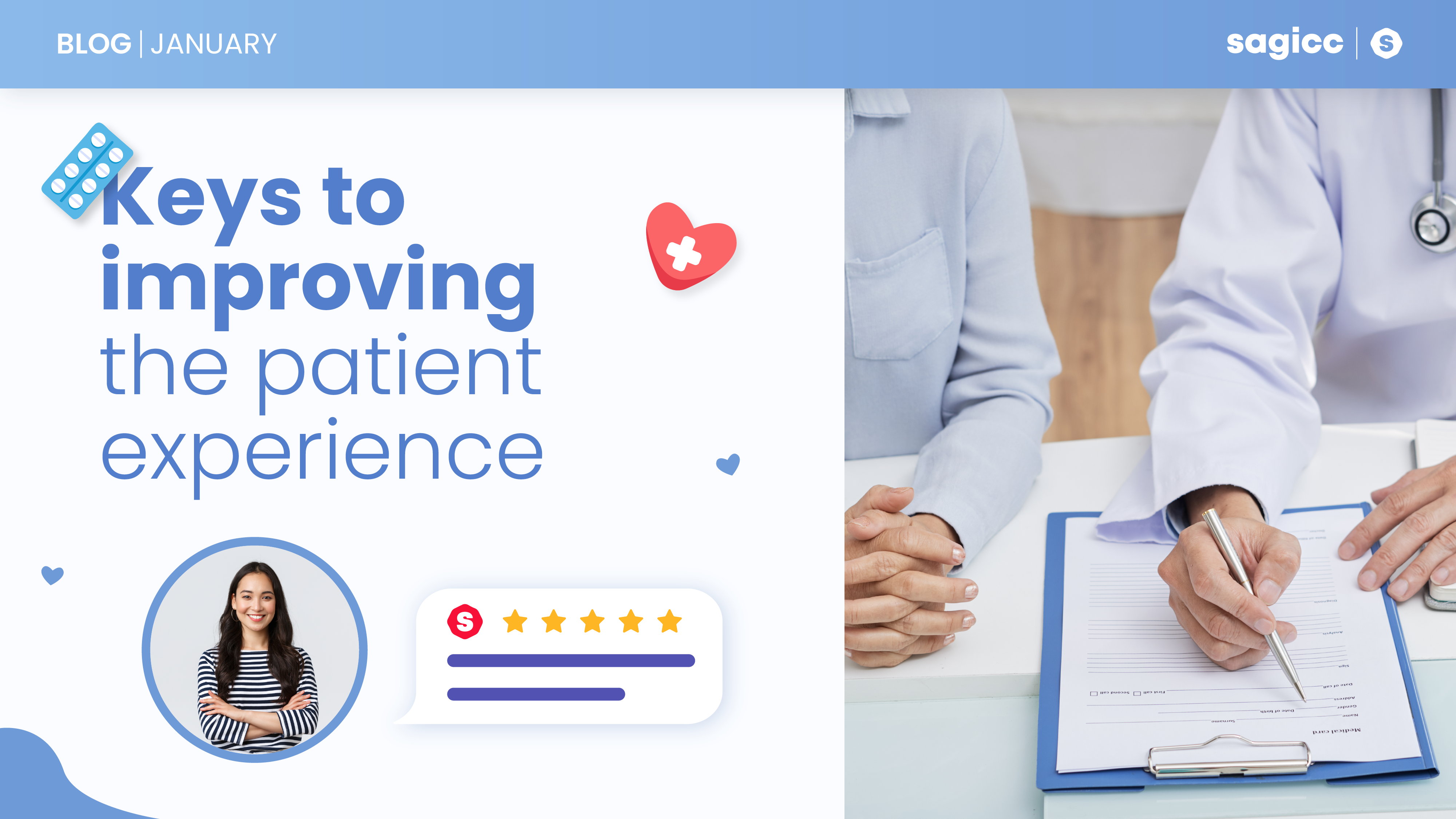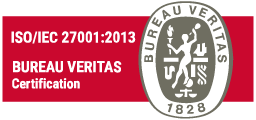In the healthcare sector, operational efficiency and patient experience are paramount. Each day, there is an increasing demand for medical services and personalized care, requiring processes to evolve and adapt.
One effective solution to these challenges is the centralization of processes. Centralizing operations not only enhances process efficiency but also boosts patient experience by delivering fast and personalized service.
In this article, we will explore the keys to centralizing operations in healthcare and how this practice can enhance patient experience, increasing satisfaction while reducing operational costs.
Unification of Communication Channels
Different departments in healthcare often operate in silos, delaying many patient care processes. Patients may have to repeat the same information multiple times when interacting with different communication channels, such as phone, email, or social media.
What’s the solution?
Centralize communication channels into a single omnichannel platform. By integrating tools like chatbots, emails, phone calls, and social media into one system, inquiries can be managed more efficiently.
Automation of Processes to Reduce Administrative Burden
Manual management of appointments, exam reminders, and multiple patient requests can lead to errors and delays that affect service quality.
What’s the solution?
Automate appointment scheduling and medical exam reminders through a customer service bot. Bots can also handle frequent inquiries, such as office hours or locations.
This not only frees up time for staff but also improves patient experience with timely reminders and instant responses to their questions. Automation enhances both efficiency and patient satisfaction by reducing manual interactions and eliminating human error.
Real-Time Access to Medical Information
Centralizing operations also involves integrating medical systems to ensure patient data is available in real-time for all professionals involved. In a fragmented healthcare environment, medical records may be scattered across various systems and departments, complicating fast and accurate decision-making.
What’s the solution?
Implement an integrated Electronic Medical Record (EMR) system. This system should connect all touchpoints within the institution, from doctors’ offices to emergency services. By centralizing this data, healthcare professionals gain instant access to critical patient information, improving diagnostic accuracy and care quality.
For example, in an emergency room, physicians can immediately access a patient’s medical history, review past test results, and check current treatments in real-time. This prevents medical errors, speeds up care, and ensures a smoother patient experience.
Implementation of Telemedicine Tools to Improve Accessibility
One of the most significant advancements in healthcare in recent years is telemedicine. The ability to provide remote medical consultations has been crucial in improving healthcare access, especially during pandemics. However, many institutions still struggle to integrate these solutions effectively.
What’s the solution?
Centralize healthcare services with telemedicine platforms that integrate virtual appointments, remote diagnostics, and follow-ups. These platforms should connect seamlessly with the systems used for in-person care, ensuring continuous and coherent care regardless of the mode of delivery.
Telemedicine not only allows patients to receive care anytime and anywhere but also reduces geographical barriers, making medical services accessible even in rural or hard-to-reach areas.
Enhancement of the PQRS Process (Petitions, Complaints, Claims, and Suggestions)
Properly managing PQRS is critical for maintaining patient trust and continuously improving healthcare services. Without an adequate system to handle these requests, institutions may face dissatisfaction and patient attrition.
What’s the solution?
Centralize PQRS management with an automated tracking system. Tools like Sagicc enable efficient management of requests, ensuring timely and proper handling of each case. Automated responses, complaint tracking, and swift resolutions can significantly enhance patient experience and foster loyalty.
Centralized PQRS management also allows healthcare teams to analyze dissatisfaction patterns and identify areas needing improvement, driving service quality forward.
Centralization is the Key to the Future of Healthcare
Centralizing operations is a crucial step toward improving efficiency, reducing costs, and, most importantly, enhancing patient experience. By implementing an omnichannel platform, automating processes, integrating medical systems, and incorporating telemedicine, healthcare institutions can transform their operations, delivering faster, more accurate, and more accessible care.
It’s time for the healthcare sector to adopt centralization as a key strategy for the future. Technology is here to transform the industry, and institutions that take the lead today will be better positioned for success tomorrow.



